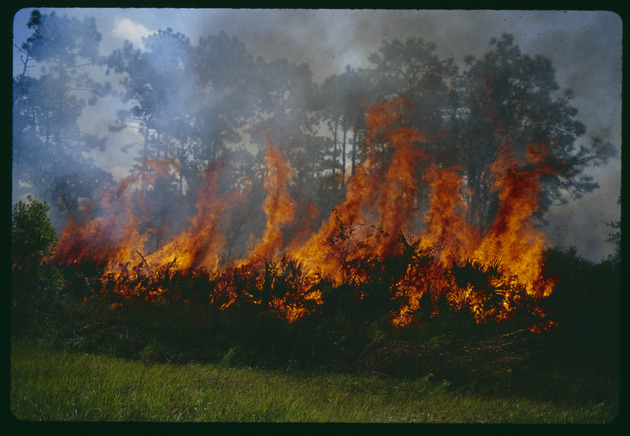
Beginning in 2021 Dr. Ann Hodgson, scientist, ornithologist, and affiliated faculty at USF sat down with a number of Audubon employees, researchers, and volunteers to discuss their efforts within and beyond the organization to support environmental conservation and restoration in Florida. As part of Women’s History Month, we are highlighting some of the work women have done to preserve Florida’s sanctuaries. To listen to the full interviews, visit the Audubon Florida Oral History Project in the USF Libraries Digital Collections.
“Florida is forged in fire and water” shares Allyson Webb as she discusses her work as the Senior Resource Manager and Burn Boss for the Corkscrew Swamp Sanctuary. Webb, who first began in 2004 as a volunteer for Corkscrew Swamp Sanctuary, spends extensive time working on restoration and conservation, having to balance preserving the natural environment alongside increased land development and other changes caused by humans.
It can take years of observation, research, and patience to understand how to best steward Florida’s natural spaces as Jean McCollom is well aware. She first moved down to Florida as an intern with Corkscrew in 1981, and though currently retired, she continues her work as a volunteer and lead member of the Sanctuary’s Resource Management committee. McCollom and Webb’s experiences illuminate the importance of preservations organizations like Audubon working alongside research centers and agencies to protect and restore the environment.
The Importance of Prescribed Fires
In 1981, McCollom – a newly minted intern – raised her hand excitedly when her manager asked for runners. He then gave her a drip torch and said ” I want you to take this drip torch, it drips fire. Run like crazy, don’t look back, and don’t stop!” This mad dash inspired McCollom, a self-described Florida Firebug, to apply that wild energy towards environmental conservation, which she continues even in retirement. Of course, prescribed fires – planned fires to support growth and mimic natural wildfires – are now executed using a more calculated and safe approach. They are fundamental to ecological success for a number of reasons, as Allyson Webb expands during her interview.
Allyson Webb oral history interview clip on prescribed fires
Audubon Florida Oral History Project
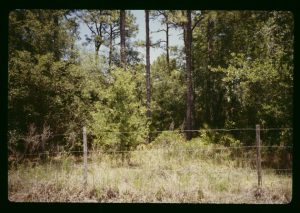
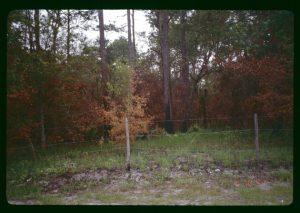
Prescribed fires are also planned in such a manner to support the area’s hydrology. It’s important to gather water level data over time in order to map hydropatterns as levels fluctuate not only within a year’s rainy and dry seasons, but across years due to both natural and manmade events. McCollom points out that examining data by year can create noise where events like hurricanes and droughts potentially cause multi-year blips. Having decades of data allows for trends to emerge, helping to identify where to devote time and resources. Even when planning the lines for a prescribed fire, it’s important to have a historical perspective so that the manmade hard fire lines align with the natural soft fire lines of the wetland marsh and cypress trees.
Allyson Webb oral history clip on Corkscrew Sanctuary’s successes
Audubon Florida Oral History Project
In preserving a sanctuary’s resources through hydrology and fire management, invasive species and fallow fields can be replaced with native vegetation that supports an area’s natural wildlife. Crested caracaras, an endangered species, have begun to nest again in the cabbage palms of Corkscrew Sanctuary. Other species like the bobwhite quail have increased, and even panther dens near maintained areas are more common due to the improved prey base.
Patience and Perspective
Of course, creating that balance takes time and planning. McCollom – who continued at the sanctuary as a dedicated volunteer after her retirement in 2015 – worked closely with Webb to create a fire management plan.
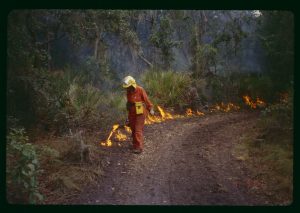
Creating this plan required going through years of records, digging through old files and computers, and speaking with sanctuary members. In order to preserve and restore these sanctuaries, it’s imperative to understand the history of that space. McCollom shares that “if you really want to make a difference, set yourself down somewhere and stay there a long time because what you can learn in one or two years are two data points. If you stay for decades, you have a totally different perspective. You can see changes that you just won’t see as you’re going along” (McCollom, 2021, 10:23).
Jean McCollom interview clip on fire management planning
Audubon Florida Oral History Project
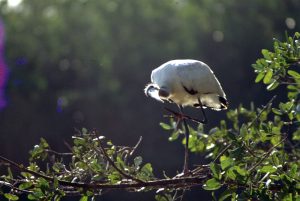
So often the work being done create changes that aren’t apparent for five, ten, or even twenty years. Corkscrew’s wood stork colony has been monitored since 1958 [1], allowing researchers to better understand the wood stork species’ productivity. Population size is dependent on the area’s hydrology, where a short hydroperiod means their core foraging area recedes, which forces the wood stork to fly further out in their search for food. Nesting success has plummeted from the initial ten-year average of 5,450 chicks/year measured 1958-1967 to only an average of 287 chicks/year measured 2007-2016.
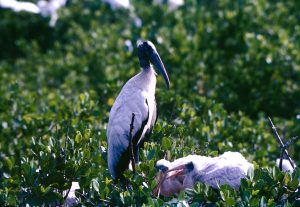
Attempting to reverse this decline, Corkscrew has implemented a wood stork restoration program, and Webb’s team are working to remove the coastal plain willow – an invasive native – which will help increase water levels and permit pyrogenic (fire-stimulated) species to grow. This growth will allow fire to be used to further restore and maintain the wetland. With a long-term perspective, Webb hopes that “over time with the restoration work that we’re doing, we will eventually start to see wood storks foraging in areas where before a forage wasn’t available because of the [coastal plain] willow. I think that’s an interesting story and I hope that in twenty years if someone is doing an oral history again… if I’m still here and you come back and I’m director of land management or something and I’m like “It worked! What we did really worked, and wood storks are back.” (Webb, 2021, 48:10).
Everyday Adventures and Life Lessons
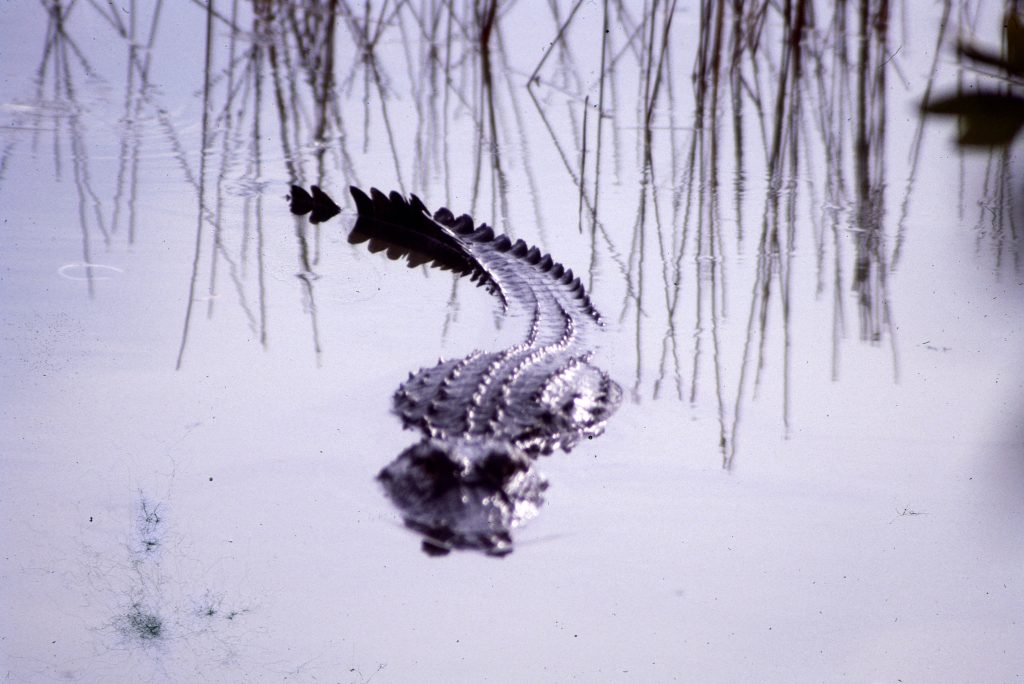
Allyson Webb interview clip on alligator surfing
Audubon Florida Oral History Project
With years of experience and a myriad of stories, the Audubon oral history interviews are a delightful way to learn more about Florida’s natural environment and ways these amazing women are working to preserve and restore it. McCollom finishes her interview with two convictions from her years of working with Audubon – the significance of fire and long-term familiarity with an area.
These two burn bosses haven’t let broken bones, hurricanes, or bear encounters slow them down, and their interviews are suffused with laughter, thoughtfulness, and a fiery passion for environmental conservation. Though decades separate them, their stories are rooted in the same mineral-rich soil, with a steadfast and common goal of restoration, balance, and longevity for native wildlife and ecology.
Jean McCollom interview clip on two life lessons
Audubon Florida Oral History Project
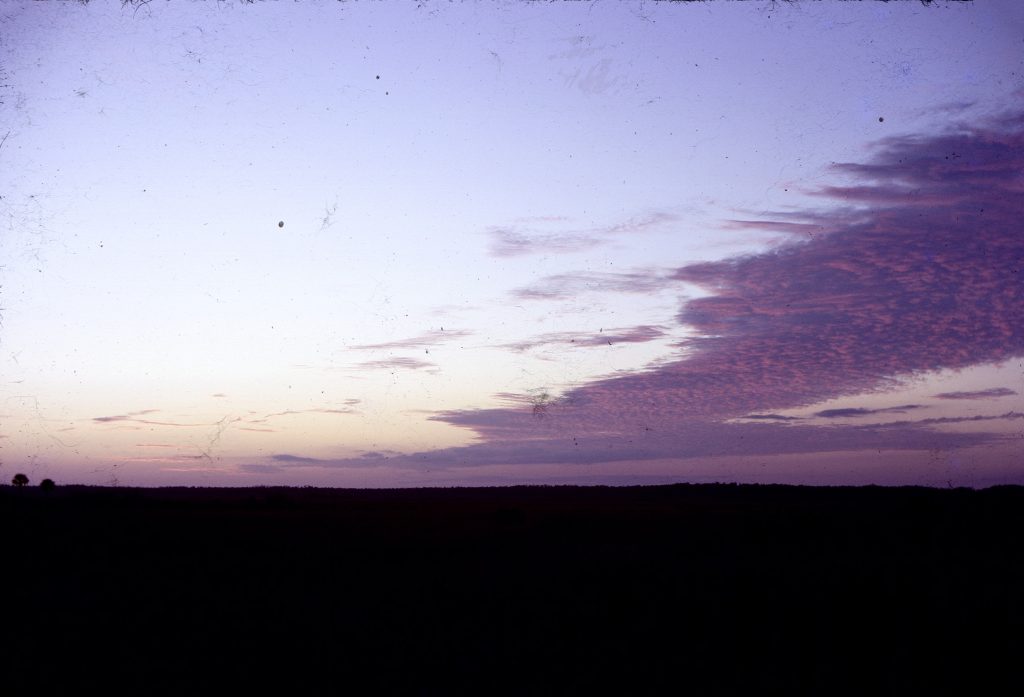
Celebrate Women’s History
Discover more compelling stories by reading Digital Dialogs’ celebrations of Women’s History Months past.
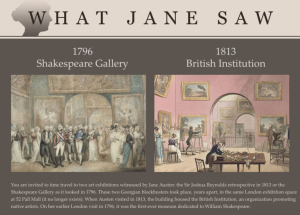 2018: What Jane Saw
2018: What Jane Saw
This article focuses on What Jane Saw, an online time travel experience to two museum exhibits that were held in the same exhibition space and visited by Jane Austen. Two hundred years after Austen visited the exhibits, this project recreates the rooms and the artwork as they could have appeared during the exhibitions.
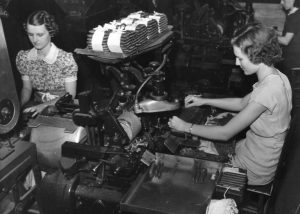 2020: Burgert Brothers Collection of Tampa Photographs
2020: Burgert Brothers Collection of Tampa Photographs
This article traces the history of women working in Tampa’s cigar and cigarette factories as well as women’s collegiate education starting in the early 1900s. From poor working conditions, harassment, and prejudice to sexism and social norms, women faced a variety of challenges as they entered into these working and learning spaces.
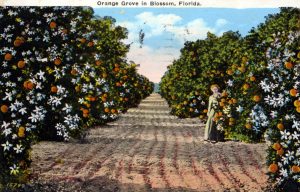
2021: Celebrating Women’s History Month with Snapshots of the Florida Citrus Industry
This article traces the history of working women in the Florida citrus industry through digitized items housed in USF Libraries’ Tampa Special Collections.
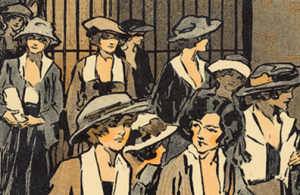
2022: Celebrating Women’s History Month with Snapshots of Women at Work
This article delves into the USF Libraries archives to explore the working conditions, pay disparities, leadership efforts, and related policies of women and girls in the early twentieth century.

2022: Womyn’s Words and the Women’s Energy Bank Collections
This article highlights the important work of the Women’s Energy Bank in the Tampa Bay area, the pioneering publication Womyn’s Words, and the contributions of Edith “Edie” Daly, Lee Anne “Oak” Wojtkowski, and Patricia “Pat” Ditto.
Additional Resources From USF Libraries:
 “A Reading List of Remarkable Women in History” by Barbara Lewis, Digital Learning Librarian
“A Reading List of Remarkable Women in History” by Barbara Lewis, Digital Learning Librarian
This guide provides two bibliographies of online items in the USF Libraries catalog: 1) Women’s History lists books and videos about contributions women have made in specific fields, eras, and countries and 2) Women’s Biographies introduces women who’s names and legacies you may not recognize.
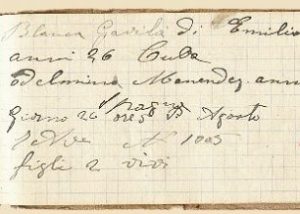 “Prolific Midwife Made Her Mark in Tampa” by Andy Huse, Special Collections Associate Librarian
“Prolific Midwife Made Her Mark in Tampa” by Andy Huse, Special Collections Associate Librarian
This article focuses on Maria Messina Greco, a local midwife. Throughout her long career, she recorded approximately six thousand names in her notepads, each one for a life she ushered into the world. The Greco Tampa Midwife Records is housed in USF Libraries’ Tampa Special Collections.
REFERENCES
[1] Audubon. (n.d.). Wood Storks: Wood Storks are the measure and treasure of the Western Everglades. https://corkscrew.audubon.org/conservation/wood-storks